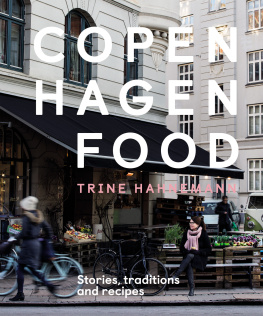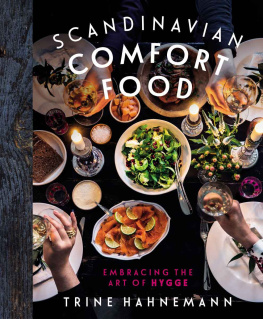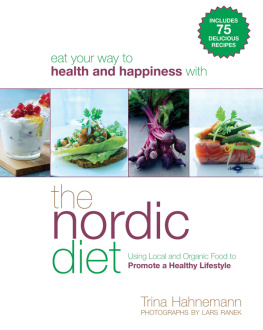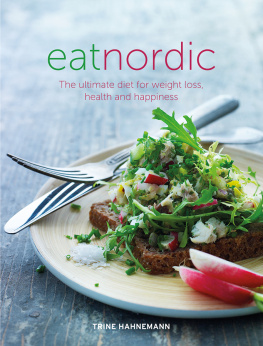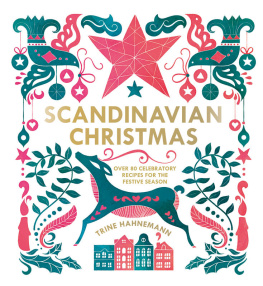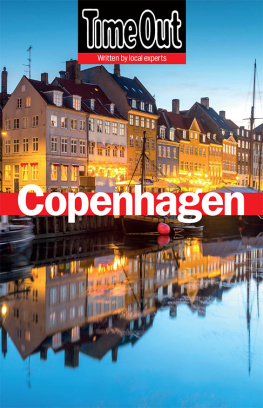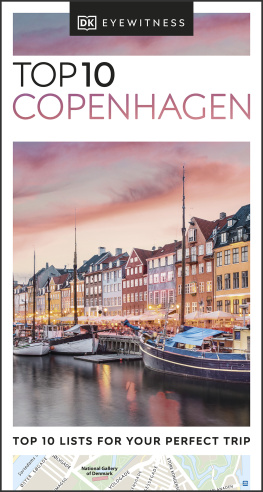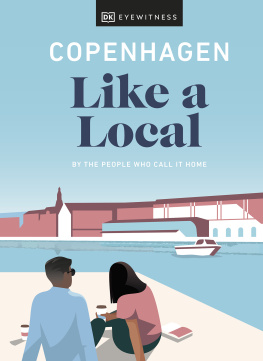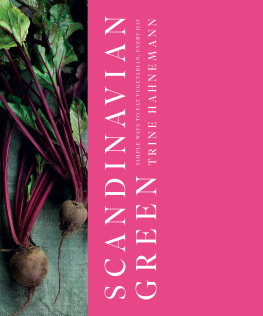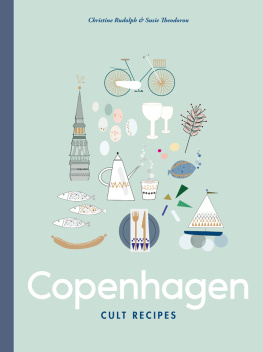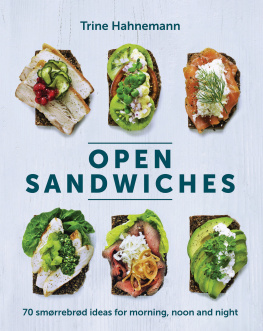Vilhelm Hammershi, De fire stuer, 1914
This painting by Vilhelm Hammershi symbolizes for me living in Copenhagen: the apartments with rooms en suite, the emptiness and the colours, the Nordic cool. Hammershi painted this apartment again and again. The picture seems calm, content and lonely, and timeless. It is a painting of everyday life which Hammershi inhabits with nearly nothing, so I look for stories. I always feel drawn to his paintings. I like to just sit on a chair and observe quietly with my hands folded in my lap. Even though this was painted more than 100 years ago, there is something profound going on for me a sense of belonging. I can imagine myself as a child sitting on the chair listening to the silence while I swing my legs in my own rhythm, waiting for something to happen.
In this book I have described my home town, Copenhagen. It is not a general guide book; its my history of my city. This is the way I live in Copenhagen. I am not a young hipster; I have not just moved here. I was born and bred here and most of my history was made in this town. So, it is a very personal book about the place I grew up in and still live in.
While I have been getting on with my life, Copenhagen has become a cosmopolitan city, a place famous for its restaurants, coffee, bicycling culture, friendliness and hygge. Whole neighbourhoods have gone through major transformations for both good and bad. The restaurant scene has evolved tremendously; we now have great wine bars and cocktail bars, food from around the world, street food markets.
I have not mentioned all the places that deserve attention; there are a lot of wonderful spots not necessarily on my radar. New things happen all the time. I have aimed to capture the atmosphere and relate it to the history that I know. It is far from the full picture. This is my Copenhagen.
Since I do live here, I have routines more than adventures, things that I do without thinking. I think the moments when I am conscious about what it means for me to live here, is when I return from my travels. There are a few things that I will have missed, not least my morning walks and I have several routes here.
I walk around the six lakes that define the citys boroughs. Or I walk down to the waterfront, over the pedestrian bridge at stbanegade down to The Little Mermaid, then along the water until I reach Nyhavn. There, I will cross the bridge over the harbour to Christianshavn to have a coffee, and then I will go back home over Kongens Nytorv, down through Gothersgade, then cross the Kings Garden to get home.
Or, I will bicycle from my house at sterbro to the waterfront, along the water to Nyhavn, over the bridge at Nyhavn, go down Strandgade, turn right toward the water after Knippelsbro, continue along the water and over Cirkelbroen the Olafur Eliasson bridge and continue to Islands Brygge along the water until I reach the next pedestrian bridge, keep going to Snder Boulevard and along there to my friend Kelds place, Kihoskh (pictured on the front cover of this book). Ill stop there for coffee and a sandwich, then bicycle to Vrnedamsvej and stop to look at books at Thiemers Magasin, then continue along the lakes all the way home, which means that I will bicycle through three boroughs and Frederiksberg. Sometimes I take a detour down to Sankt Hans Torv to have coffee either at Kaffeplantagen or Mirabelle.
The other thing that is equally important to me is to drive out to the woods at Dyrehaven for a walk. That goes for all the seasons. In just 20 minutes you are out of town with more space, lovely views and ancient trees, and a special kind of calm. I believe that what makes a place home is to repeat habits and enjoy the reunion after a spell away. Copenhagen is my home for better and for worse.
I came into this world at the hospital that I can see every day from the end of my street, though I now look at it from the other side of the Copenhagen lakes. I grew up in a street near to where I live today. But, while I have lived most of my life in Copenhagen, I have also raised a family in America and the UK, and spent a lot of time daydreaming about all the other places I could live, though Ive always found myself returning home again. In other words, I have spent my life trying to understand what it means to belong in a place, how a citys identity influences you, and this book is in part my attempt to hammer that out, while exploring with you the truly magnificent city of my birth.
Cities are spaces organically carved out and defined by their changes over time, yet history leaves its trails and stories through each citys architecture, people, markets and not least through the ways in which it feeds itself. Each city in the world is unique, with its own tempo, smells, noises and characters.
When you have lived in the centre of a city on and off for nearly 50 years, as I have, the space and the buildings change and the people move around; some move in, others move out. But the city remains, with its soul and identity intact.
When I was little, my dream was to escape to New York as soon as I had grown up, and so I did. I felt at home right away, in a new and different way than I did in Copenhagen. Maybe its because I never chose Copenhagen. When I grew up here, it was a provincial town, even boring in many ways, with not a lot going on. The other people around were mostly native Danes. If you heard another language spoken, you would spin your head round to look at these new people you almost wanted to ask for their autograph! Back then, I longed for something bigger. These days all such thoughts are banished: in just a few brief years, Copenhagen has become an exciting, dynamic and cosmopolitan city with a new jewel to discover around nearly every corner. Now the world flocks here.
I have always lived in cities and I used to think I would die if I was forced to live in the countryside. That has changed. I have grown to love the country, its silence, the different pace, the unruliness of nature, the changing seasons and most of all the sense that nature is bigger than you. This development has come about through my relationship with food. I have discovered a deep understanding and appreciation of the countryside and the people who live and work there. They grow the food and thus allow cities to work; in return, the countryside feeds the cities I love so much.
As a child I spent a lot of time imagining that I was a member of another family. Actually, I had several lives in several different families. I loved sitting in the dark on my windowsill, looking into the other apartments and wishing that I lived there. In my mind, I decorated the rooms and made up stories about the other family members, what they did, the conversations we would have, what we would eat, the cakes I would bake
Life can carry us in various ways and we get inspired by these whimsical imaginings as well as more tangibly by chance encounters, and we learn new things from each opportunity that comes our way. We make choices, both good and bad, but I do believe that living in a city makes our possibilities more diverse; there is simply a bigger chance for things to happen, as we will meet far more people along the way.

